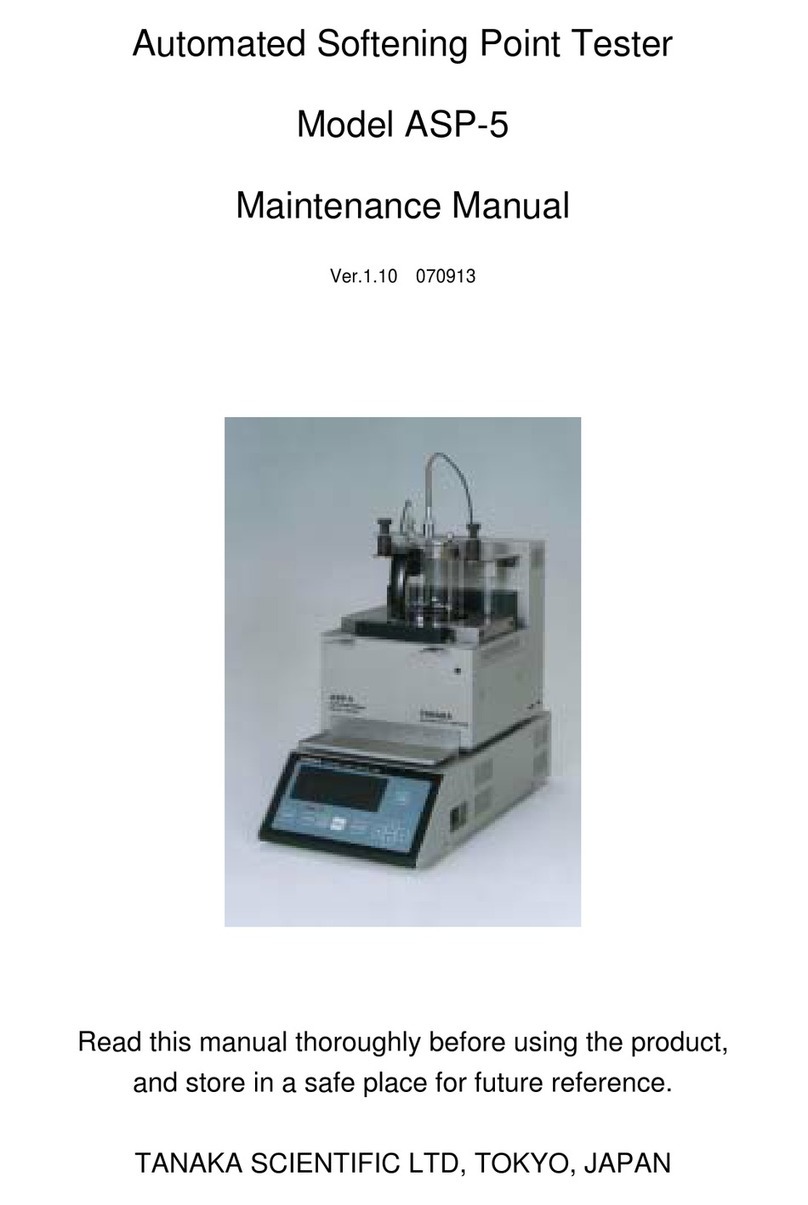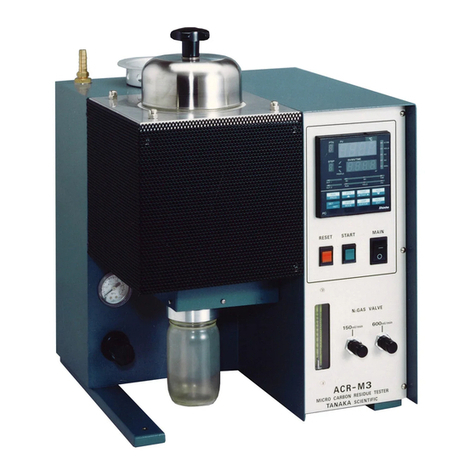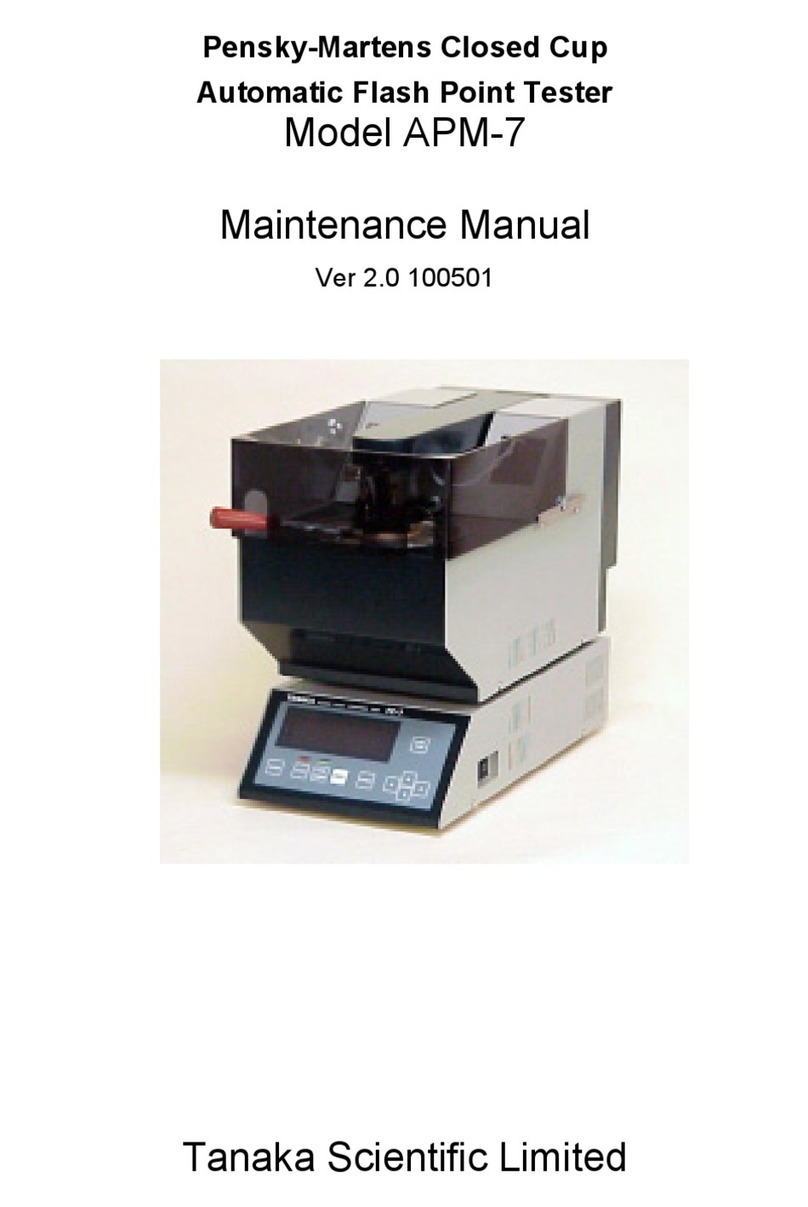- 9 -
Contents
FOREWORD..................................................................................................................................2
USES ………………………………………………………………………………………………………..2
About This Manual .........................................................................................................................3
BEFORE USE................................................................................................................................3
WARNINGS AND CAUTIONS FOR SAFE USE ............................................................................4
Contents.........................................................................................................................................9
1Section Names and Functions ...........................................................................................11
2Installation.......................................................................................................................... 14
2.1 Installation Site............................................................................................................14
2.2 Setting of Fire Containment Shutter............................................................................14
2.3 Electrical Connections................................................................................................. 14
2.4 Nitogen Gas Connection (for fire containment) ...........................................................15
2.5 Supplying Circulating Solution .................................................................................... 16
3Routine Daily Inspection ....................................................................................................17
4Prior to Testing ..................................................................................................................18
4.1 Starting the Tester.......................................................................................................18
4.2 Drying the Condenser Tube ........................................................................................19
4.3 Setting a Sample.........................................................................................................19
5Starting a Test ...................................................................................................................20
5.1 Starting a Test.............................................................................................................20
5.2 Test Sequence............................................................................................................21
5.3 Test without a 100% Sample in the Graduated Cylinder............................................. 22
6Terminating a Test.............................................................................................................23
6.1 Termination and Dry Point (D.P CUT).........................................................................23
6.2 Termination at a Set Distillation Percentage (% CUT) ................................................23
6.3 Termination at Set Temperature (°C CUT).................................................................. 23
6.4 Termination after 5min from 95% recovery (Time, Cut) ..............................................23
7Reprinting and Resending Data after Residue...................................................................24
7.1 Setting the Residue Again...........................................................................................24
7.2 Reprinting....................................................................................................................24
7.3 Resending................................................................................................................... 24
7.4 Displaying and Printing Previous Distillation Data....................................................... 25
8Attaching the Temperature Sensor and Dry Point Sensor .................................................26
8.1 Attaching the Temperature Sensor ............................................................................. 26
8.2 Attachment Location of the Dry Point Sensor and Temperature Sensor for BTX........27
9Setting Test Parameters ....................................................................................................28
9.1 Select Mode ................................................................................................................28
9.2 How to Set Test Parameters .......................................................................................29
































